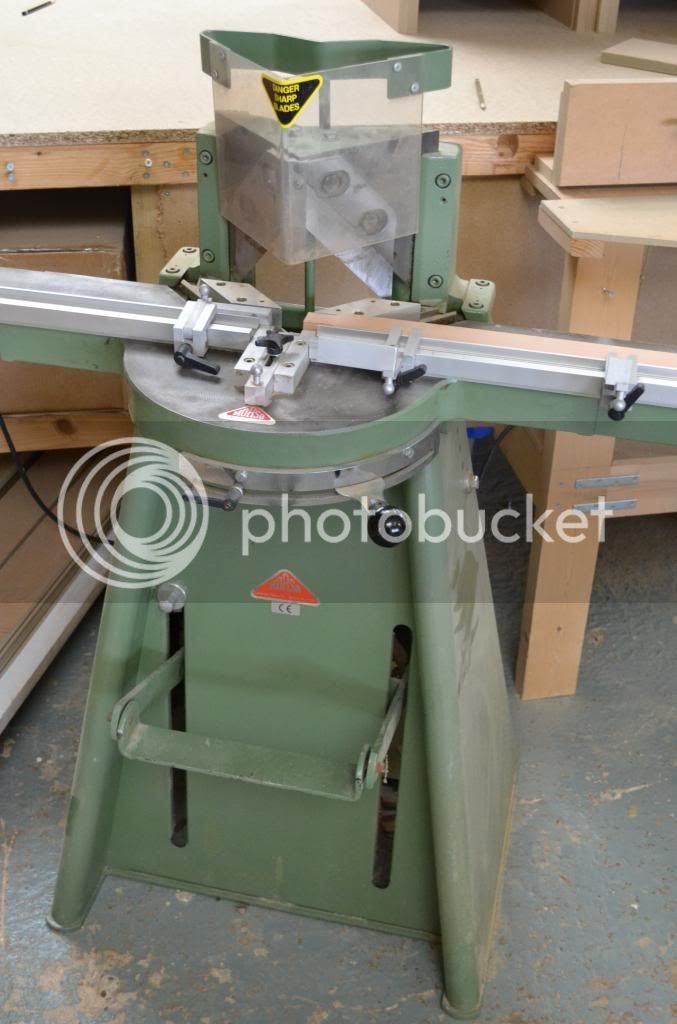doctor Bob
Established Member
- Joined
- 22 Jun 2011
- Messages
- 5,171
- Reaction score
- 1,881
Just a few images I took today.
Firstly making the beaded face frame.
I'll try and take a few of the doors tomorrow









Firstly making the beaded face frame.
I'll try and take a few of the doors tomorrow






























































